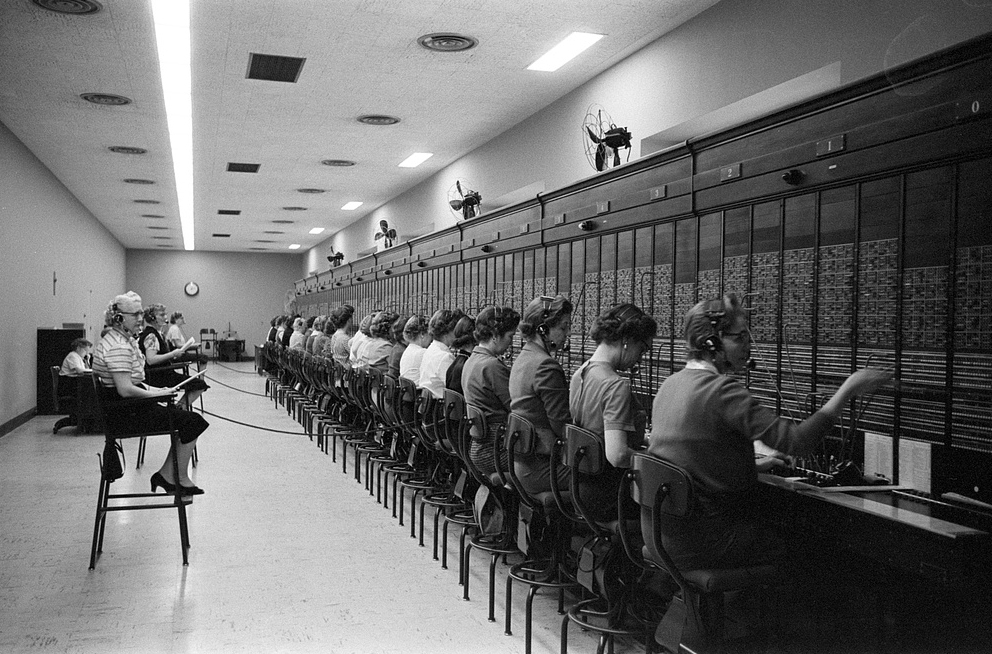
The advent of the Industrial Revolution saw many changes, from the Steam Engine’s invention to the Typewriter to the Printing Press. However, it also saw a significant difference in the political landscapes and workforces all over the world. This era saw the beginning of the suffragette— the fight by women, for women, to win their voting rights— and the slow yet progressive inclusion of women, especially of the lower middle class, into the workforce. It wasn’t until the dawn of the 20th century that both these movements came into full force. These primary struggles, which women had to suffer for over a century, gave rise to women’s inclusion by the 21st century.
The Pink Labour Force
From the late 1880s to the first half of the 20th century, the world saw women’s entry into the workforce for the first time. The women who entered this workforce were either from low-income backgrounds who worked out of necessity or newly graduated women who made up a new kind of workforce called the “Pink Labour Force.”
The “Pink Labour Force,” or the world’s first independent female workforce, was made up of women from the middle class. They were mostly women from the ages of 19-25 who occupied a minor teaching position and were clerks in large firms. Many women also worked in the textile industry, lending a hand in manufacturing or as domestic help. These women promptly exited the workforce after marriage, and those who stuck on were the women with families that needed two incomes to survive.
The ladies of this era were ill-paid and were seen as lesser than men as they occupied low-paying jobs. The pay gap between both men and women was so large that statistics to this day hasn’t been calculated. On the bright side, the meagre paying jobs the ladies took gave a good rise to the suffragette movement, which gave women their right to vote. This started the snowball effect for women to be educated and begin to take their rightful place for their contribution to the world’s economy.
The War and The Vote
By 1910, twenty per cent of unmarried women had started working full-time in their meagre earning positions as clerks and teachers. Many of them did it for the satisfaction of having a job, if not anything else. The power women felt from having a chance to earn money and control their funds made them feel empowered, and this led women to demand more jobs and even for their right to vote in local elections.
Seeing the women’s robustness in want of jobs scared the men and led them to publish ads in newspapers. These ads had only one propaganda—preaching a woman’s place was in the house looking out for her family and not on the streets hunting for jobs. These advertisements enraged a section of feminists who were very adamant about getting the vote, while on the other hand, it also worked its charm. 1915-1918 saw a sharp decline of women in the workforce.
With the advent of the first world war, things began to change, and so did the view on women’s labour force. Due to the war, most healthy young men were called to the front to fight for their countries. Everything from the tending of farms to running the factories was left in women’s hands.
The ladies were enrolled in factories for production and manufacture. They helped produce everything from clothing to dynamites and bombs which were sent to soldiers on the battlefield. The women here were neither treated well nor were they paid enough. They had to endure over-time working hours with little to no health care. The only forces that drove them were their patriotism and prioritisation of the workforce gap, which led them to take up odd jobs to sustain their families reluctantly. The scarcity of male nurses on the battlefield also led to the deployment of the first all-female battalion of casualty nurses. They saved the lives of many soldiers and showed exemplary heroism.
However, all these harsh work conditions finally saw a payout. Many monarchies collapsed, and democracies began to rise; with this new, the sense of respect for women like never seen before. Women started to get the recognition they deserved and the vote they had fought so long and hard for. This decade also saw women assume their rightful place in theatres, and stars like Audrey Hepburn shone so brightly that their names started going down in history.
The Roaring Twenties and the Great Depression
With the advent of the roaring ’20s, life had seen a drastic change for women worldwide. The women’s fashion trend began to see a significant difference, they had the power to vote, and everyone was in a mood to party. The first two years saw men who returned from war recovering from its aftermath. Soon, they started looking for jobs, and women were being laid off in exchange for men. This was mainly directed towards women in factories, but the demand for women in clerical jobs increased. They were now more educated and also were starting to get properly paid. The doors to college education were also being opened to women. However, due to the factory layoffs, women from lower-middle-class income families took a hit.
With the advent of the Great Depression, women were once again seen entering the workforce, and this time for good. The women were employed to pull out countries from the major economic hole they were thrown into. It was then realised and then widely accepted that women’s contribution to the GDP was important for countries’ economies to grow and keep them out of fiscal debt. For the first time in centuries, women started getting educated and demanding what was rightfully theirs. By 1945, almost 32% of the women were a part of the workforce, and after World War II, this number nearly doubled.
The Symbolic icon of Rosie the Riveter
The Second World War, for many reasons, is of great significance. As the Allies defeated the Axis powers, the deadliest war in history came to an end. Before the world war, women mainly had less laborious jobs and were limited to a few roles. As Rosie the Riveter’s emblematic icon gained popularity, women filled traditionally male-dominated positions—they worked in clerical jobs, government organisations, journalism, special military forces, resistance groups, on the Home Front, in NASA and propaganda campaigns.
A lot of jobs were conventionally gendered, and women were stigmatised for their choices. Even while working in similar environments as their male counterparts, they dealt with numerous societal pressures.
The media began to portray women differently and unfurled proposals that were otherwise frowned upon.
The glamorisation of war was a significant aspect of these campaigns. Publications made sure to bring in the notion of protecting femininity while working, emphasising the importance of beauty while working with machinery or other war-related jobs. While many stereotypes existed, the boom in job opportunities brought in a self-sufficient woman, a woman with her skillset, and a woman that marked the beginning of social change and equality. This was symbolic in the fact that it carved a shift in mindsets. Women were freer to learn, socialise, understand the world and could take decisions for themselves.
The Movement
Soon after the war ceased, the mass media spread the word about urging women to quit their jobs and move back to being homemakers. Furthermore, they faced harsh criticism when they challenged the pre-existing norms, and the dichotomy in gender representation increased. Working women saw unequal pay, sexual harassment, and demotion.
In America, approximately forty per cent of women with young children and at least half of the women with older children chose to remain in the workforce. The world war changed the type of work that women did. Significant opportunities and a developing interest accelerated their contribution, and soon after the war, women were vying for equality. As they started to fulfil their unique possibilities, the 1950s marked a paradigm shift. The female rights movement began in the early 1960s. Even as the government explicitly rejected emancipatory movements, women stepped forward to voice for equal rights. Their wartime experiences began to affect the generations to come, and they reinforced the intrinsic foundations of equality. They vouched for nationwide reform, equal wage, abortion rights, and a fair set of opportunities. As the movement went mainstream, it attracted women from all castes and
backgrounds. Slowly, it gained momentum across continents, and from 1939 to 1970, there was a massive alteration in workplace culture.
The first ERA (Equal Rights Amendment) draft came into the picture in the 1920s. Around the 70s, women began to fight for equal partnership in politics and sought to fulfil the initial demands of the ERA. From the April 4, 1969 issue of New York Magazine, Gloria Steinem said, “The idea is, in the long run, that women’s liberation will be men’s liberation, too.”
Although well-oriented, the movement faced severe backlash and hindrance by conservationists. Numbed by domesticity, many of them had a hard time recognising their rights and did not notice the loopholes.
The Advancement
In 1981, March 8 was declared as International Women’s Day, and this marked a milestone in the movement that had been continual for centuries across the world. Better education and wider career options for women became a priority around this time. Although slow, the progress was steady, and higher education became more inclusive.
Influential women, from Madonna to Margaret Thatcher, dominated the decade. They encouraged women to take ownership over their sexuality and lives unabashedly. The activists carved wide-ranging campaigns that dealt with sexism through art, poetry, literature, music and protests. Encouraging more accessible conversations about sexuality and negating the stigma associated with it was one of the underlying aims in many works of art. Women began to work with hard-rock music, pop, classical, and metal.
The second-wave feminist movement, which nearly lasted two decades, also took a stance against physical violence and sexual assault in both the home and the workplace. Laws that provided justice and protection were passed. The western world saw remarkable progress in overthrowing some very patriarchal norms and debating rigid cultural practices.
The Twenty-first Century
As Tarana Burke began the MeToo movement in 2006, she paved the way towards a new way of spreading equalism. Sexual abuse and harassment are better understood, and more of us have begun to stand against victim shaming and tainting evidence. Feminism is as relevant as ever in the 21st century. Milestones in the areas of education and other global issues around the 2000s have helped boost the movement. The more recent fourth-wave focuses on eradicating rape culture and body-shaming. Furthermore, it has a wider reach through social media and stresses a safer online atmosphere for women. Women in rural areas have better opportunities, and they work their way through the criticism in numerous ways. Representation of the transgender community has seen better advancements in the century.
However, there’s a lot more to get past and a range of stereotypes to erase, especially in developing countries. Furthermore, we see a more comprehensive representation of women in the corporate sector and laws that protect women in their workspace have become a priority. More women are a part of law-making bodies. As Kamala Harris navigated through a crowded field to emerge as the first woman on a winning American presidential ticket, she declared, “I may be the first woman to hold this office. But I won’t be the last.”
With women breaking gender norms repeatedly, in every field from science to politics to arts and even the military. It can be attested that they are a great asset, not only to boost a country’s economy but also to be human beings in a very inclusive sense. The past century’s struggle and campaigning has paid off and paved the way for sophisticated college education and stellar careers for women worldwide.
However, this does not mean that the sense of equality the women have been working towards has already been achieved. It still will take over thirteen years to close up the gender pay gap; in rural areas, women are treated as a burden, and little girls are married off early instead of being educated; women in middle eastern countries do not have the sense of security they were promised and the right to equality promised to us is still questionable at best. Even if the women have fought many battles to stand proudly in the positions they have achieved, the war of equality is yet to be won.
Written by Ramya S Prakash and Suhani Kabra for MTTN
Edited by Kaavya Azad for MTTN
Featured Image by Brookings Institution
Image Credits: Wikimedia
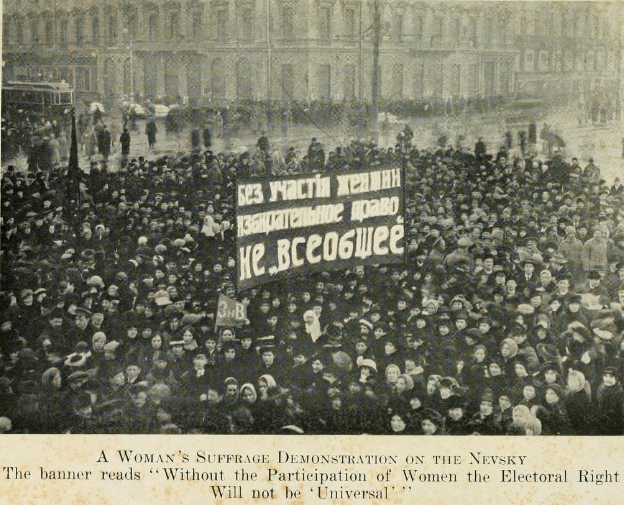
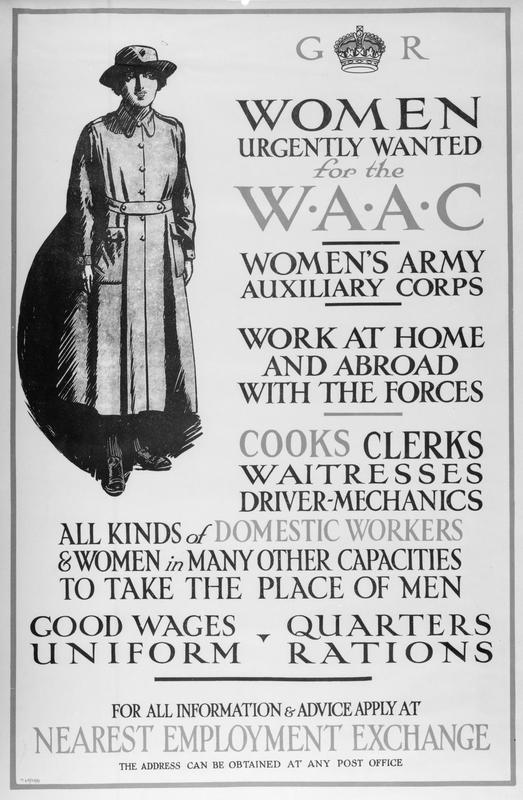
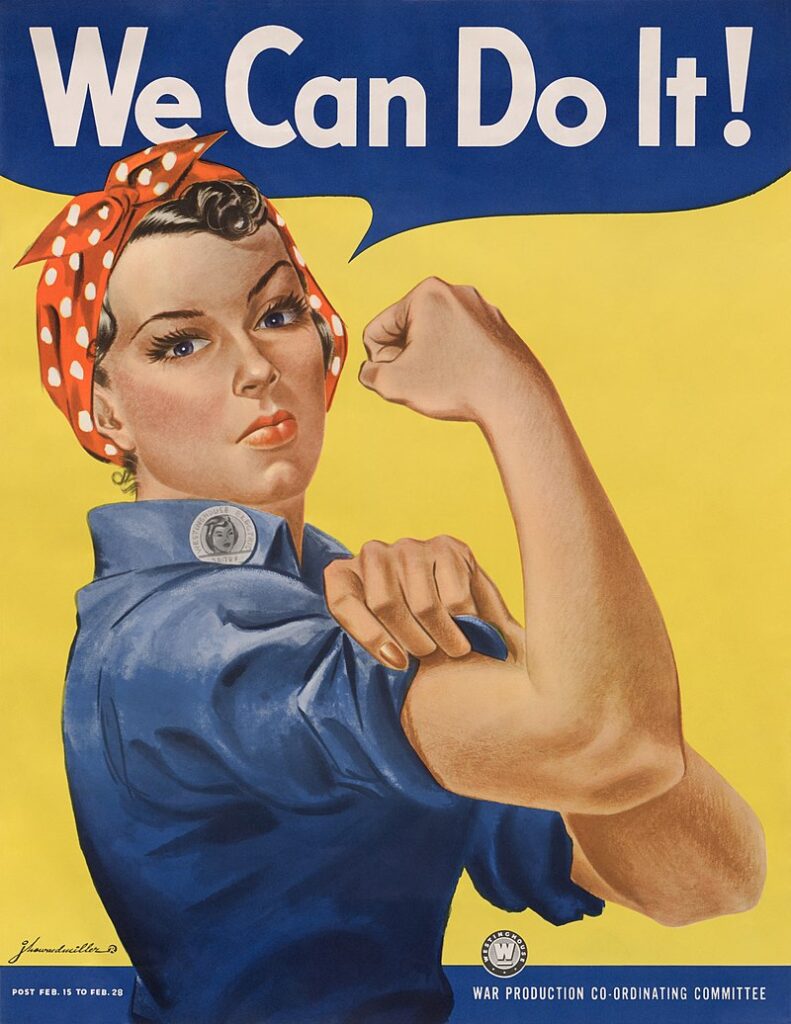
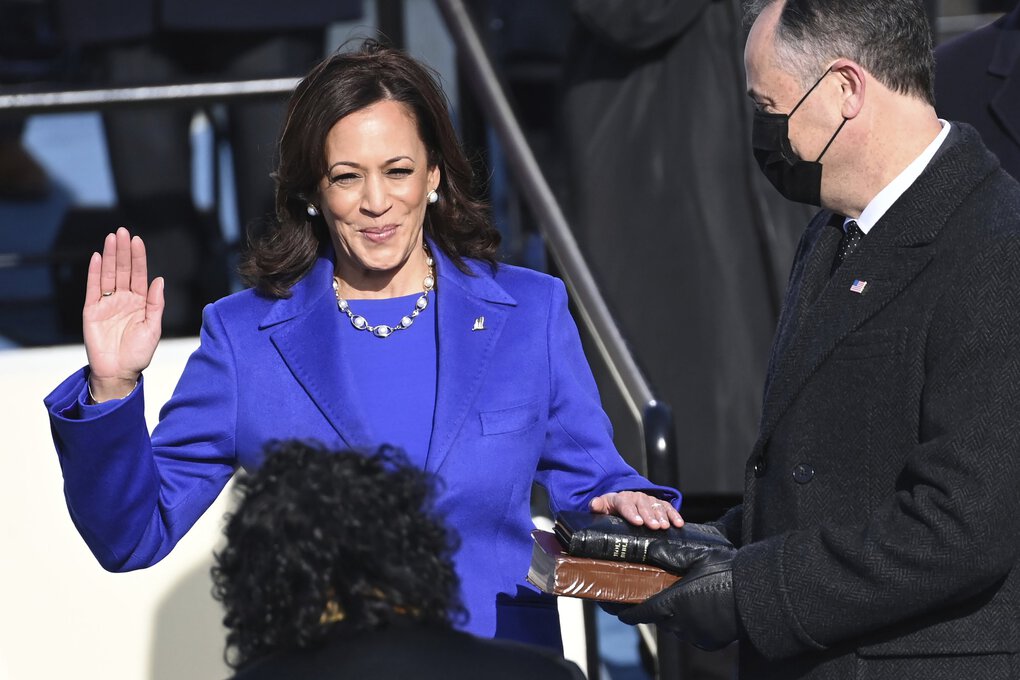
Leave a Reply
You must be logged in to post a comment.